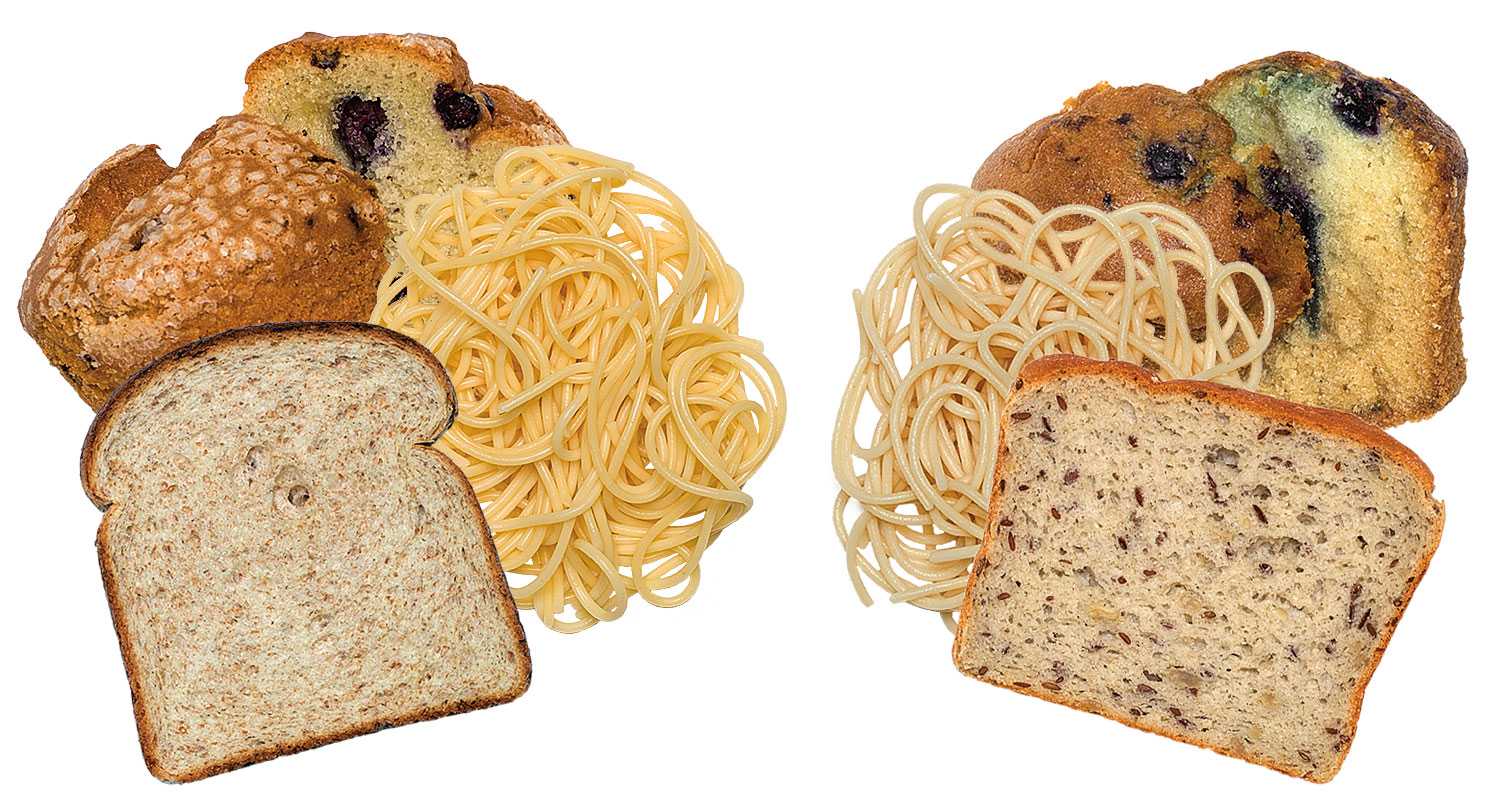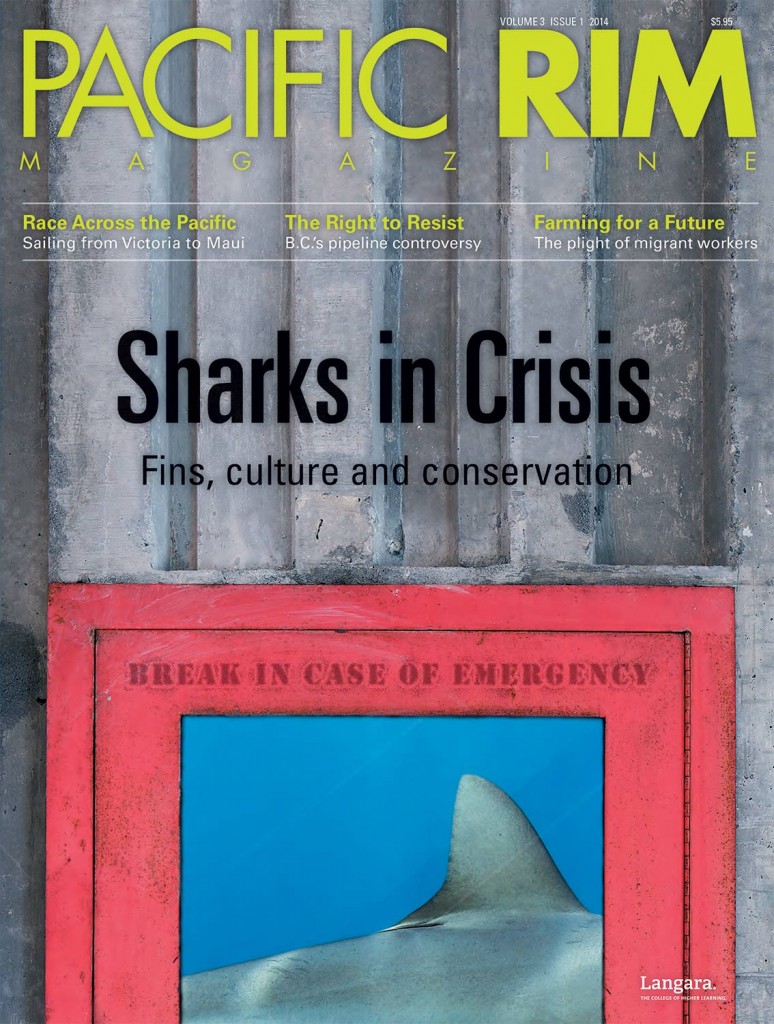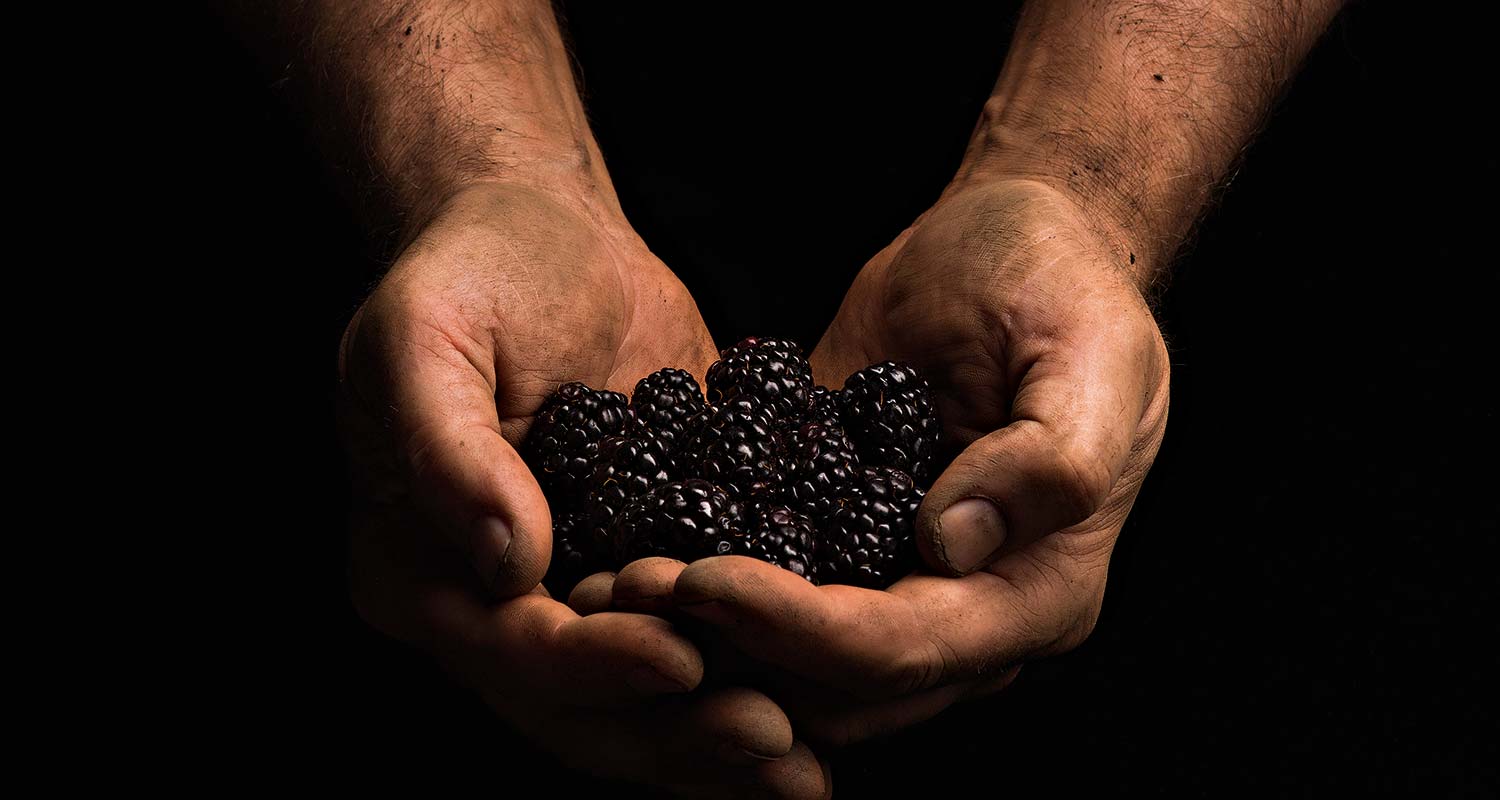Katie Keating sat alone on top of a fresh sheet of waxy paper in a small, fluorescent lit room. Her doctor was due to come in at any moment, hopefully arriving with the answers she so desperately wanted. She had spent the last ten months in absolute misery caused by rapid weight loss (60 pounds), troubled sleep and horrible stomach pains after each meal. Finally, the doctor walked in and after ten long, nightmarish months, Keating was at last informed about the cause of her suffering: celiac disease.
For most people afflicted by this disease, discovering the cause of their pain can be a great relief and a step on the road to recovery. For Keating and the thousands of other Canadians diagnosed with celiac disease, a new problem arises: what exactly can they eat? An autoimmune disorder, celiac disease causes the body to attack the lining of the small intestines whenever foods containing gluten such as wheat, barley or rye are consumed, leaving the body deprived of nutrients.
Health Canada estimates that over 300,000 Canadians suffer from celiac disease. That is 300,000 Canadians taking a risk every time they eat. Even the tiniest of crumbs containing gluten is enough for someone with this disease to experience unbearable stomach cramps and require frequent trips to the bathroom.
The only known treatment for celiac disease is a strict gluten-free diet, and even though the patient will begin to feel better, the diet comes with its own set of complications.
The Celiac Shopper
Most gluten-free products come at a higher price than regular wheat-filled options While a regular loaf of whole-wheat bread usually costs around CAD 3, a smaller and drier gluten-free loaf can cost up to CAD 6 at some stores. This sudden increase in food costs can be a challenge for many people. To make matters even more complicated, not all gluten-free food is labelled as such, forcing the gluten intolerant to be extra vigilant.
‟It was quite difficult at first,” recalls Keating, thinking back to when she first began to adjust to the new diet. “My shopping trips would take hours as I’d have to read all the ingredients in every single purchase.”
If trying to make it through the grocery list was not challenging enough, those suffering from celiac disease have to deal with the fear of cross-contamination as well. Many cooks and servers are not informed about the importance of avoiding contamination of gluten-free foods. As a result, those afflicted by the disease often avoid eating out for fear of being accidentally exposed to gluten. One celiac sufferer recalls having an awkward moment at a restaurant when travelling through California. Upon ordering his meal, the waiter inquired what kind of toast he would like. After informing the waiter of his allergy to wheat, the waiter paused for a moment before replying, “Well, we also have rye, sourdough and white bread as well.”
The good news is that awareness of the disease is slowly improving among the non-celiac population. In the last few years, there has been a steady increase in gluten-free options available at grocery stores. The organic grocery store, Root’s Natural Organic Health Foods, is a good example. The owner, Tammy Miller, says that at least half of their food is gluten-free. Many more restaurants are offering gluten-free menu items; however, many of these often come with the warning of possible cross-contamination.
Jumping on the Bandwagon
“I would say that there is a rise of people eating gluten-free options if and when available,” says Maria Huynh, the owner and operator of Chau Veggie Express, a Vietnamese vegetarian restaurant that offers a primarily gluten-free menu. Huynh started offering a gluten-free menu when a considerable number of her customers began to request wheat-free items. Because she takes the needs of her customers seriously, Huynh makes sure that all gluten-free meals are prepared in a separate area of the kitchen, using pots and pans that have been thoroughly cleaned in order to avoid any possible cross-contamination.
“With more and more restaurants and bakeries offering gluten-free items, it becomes difficult to separate the ones that are truly celiac friendly from those that are only wheat free.”

The increase in the availability of gluten-free foods is not solely due to a growing awareness of celiac disease. Kinesiologist and Personal Trainer Kirsti De Gusseme attributes the increase to the latest diet trend among health enthusiasts. “Dieters have always been a little carb shy,” says De Gusseme, “So now with the whole gluten-free craze going on, people are kind of getting lost in the whole not wanting to consume carbs versus actually having a sensitivity.” The growing trend poses a problem for those with celiac disease as more shops, bakeries and cafés offer gluten-free items unsuitable for those with the disorder. Freshly baked gluten-free goods sit openly beside large wheat-filled cookies, making evident the risk of cross-contamination. It is not necessarily the shop’s fault, they are only supplying a demand. Yet the lack of careful preparation and handling of the gluten-free foods can lead to disastrous effects for the gluten intolerant.
With more and more restaurants and bakeries offering gluten-free items, it becomes difficult to separate the ones that are truly celiac friendly from those that are only wheat free. Keeping the celiac community informed on where it is safe to eat is a job that Lorraine Didrikson, president and membership director of the Canadian Celiac Association’s (CCA) Vancouver Chapter, spends her time working on. Didrikson was diagnosed with celiac disease in 2003 and along with the CCA, she has dedicated herself to improving public awareness and helping encourage a better understanding of celiac disease throughout Canada. Part of Didrikson’s time is spent investigating restaurants and bakeries that claim to offer gluten-free options and making sure that the food is safe for those with the disease.
Dietary Influences
As more information is uncovered, one question continues to elude doctors and researchers alike: what is causing people to become celiac?
“That’s really the million dollar question,” says Desiree Nielsen, a registered dietician and former nutrition manager at Choices Market, who has spent time working with celiac patients. “Research has shown that there is a true increase in the number of people who have celiac today compared to 75 years ago.”
While celiac rates are rising in North America, the disease is rare in Japan. Many believe this has to do in part with the Japanese diet, which consists of mostly rice-based foods and very little wheat. “It’s possible if someone had the genetic predisposition and the environmental trigger in place, but lives in a culture or food environment where they aren’t exposed to gluten, that they wouldn’t see the symptoms of celiac disease,” says Nielsen.
Celiac disease is similarly rare in southern China, where the population also consumes a low wheat or completely wheat-free diet. Didrikson mentions that while on vacation in China she had no problems eating anywhere, in part thanks to being easily able to communicate her dietary needs in written form.
It is hard to know exactly why celiac disease is not prevalent in certain Asia- Pacific regions, but what is certain is that people in North America are becoming more sensitive to wheat.
Living with celiac disease is difficult. Although the world is slowly becoming more aware of the disease and the need for easy access to celiac-friendly products, it is still up to those with the autoimmune disorder to be their own advocates. Adjusting to the gluten-free diet is a challenge and restaurants like Chau Veggie Express are needed to help those beginning the transition. But in the meantime, it is up to all gluten intolerants to stand up proudly and say, “No toast for me, please.”











